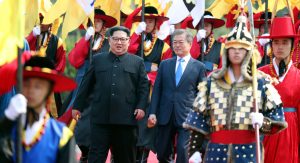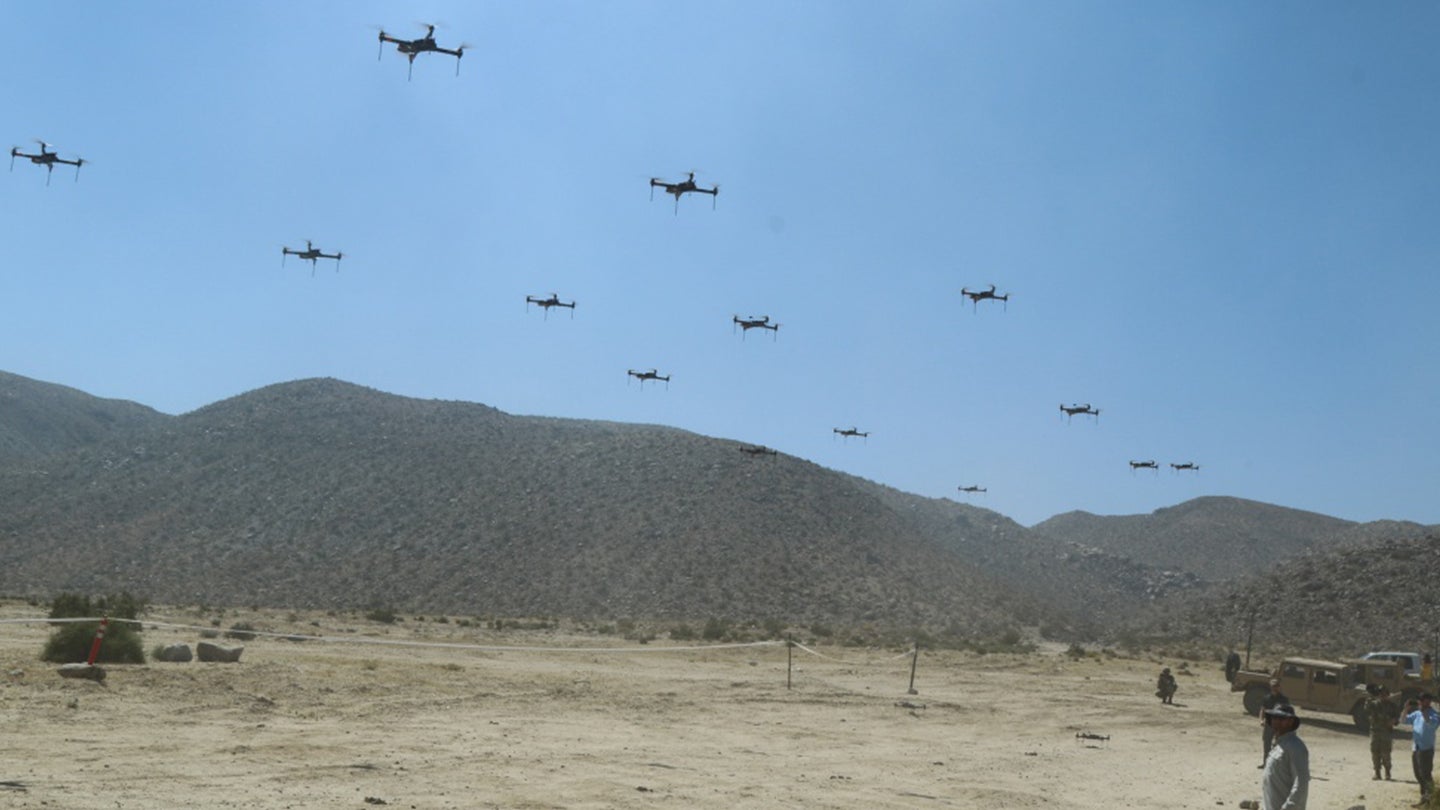Sudha Ramachandran

Indian Prime Minister Narendra Modi’s expression of strong solidarity with Israel within hours of Hamas’ attack on October 7 has drawn attention to the growing relationship between India and Israel. A strong supporter of the Palestinian cause, India did not have formal diplomatic relations with Israel until 1992. In the decades since India-Israel cooperation has grown. New Delhi sees Israel not only as a source of high-tech weapon systems but also as a reliable supplier, one that has stood by India during difficult times.
Relations have deepened especially since the Hindu nationalist Bharatiya Janata Party (BJP) came to power in 2014. Hindu nationalists have long admired Israel and been strong votaries of robust cooperation with the Jewish state.
Tracing the evolution of India’s relationship with Israel, Nicolas Blarel, who is an associate professor of International Relations at Leiden University in the Netherlands, and author of “The Evolution of India’s Israel Policy: Continuity, Change, and Compromise since 1922” (Oxford University Press, 2015) points out that Hindu nationalists admire “how Israel was able to build a homeland for Jewish people and unify a religious community that was spread out across different continents.” He told The Diplomat’s South Asia Editor Sudha Ramachandran that the BJP “has also seen Israel as a convenient and useful partner in countering terrorism.”
Following the Hamas attack on Israel on October 7, Prime Minister Narendra Modi tweeted in support of Israel, which was interpreted as a shift in India’s traditional position in the Israel-Palestine conflict. Could you trace the important milestones in India’s growing support for Israel over the past decade?



















